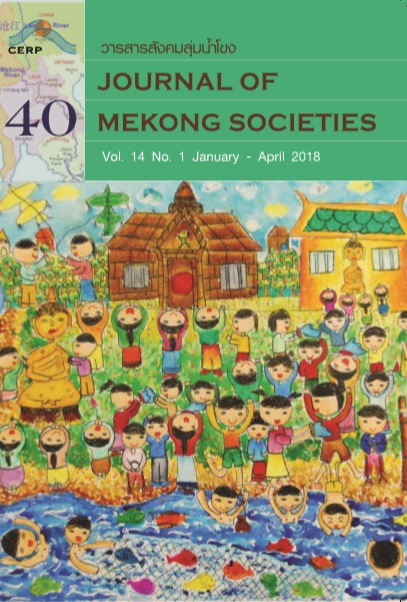Teaching Thai as a Second Language to Ethnic Thai Khmer Children
Main Article Content
Abstract
The purposes of this research were twofold: 1) to develop Thai as a second language instructional model for Thai Khmer ethnic children living in Sisaket province on the border with Cambodia, and 2) to study the effects of using the instructional model that was developed. Teaching Thai as a second language was based on a cultural and community approach by integrating the oral approach with code-switching to enhance the listening and speaking ability of students transitioning towards the first grade. The data in this paper were drawn from qualitative and quantitative research. Data collection techniques consisted of three stages: stage 1 studied local teaching conditions using qualitative methods, including observation and in-depth interviews, with key informants consisting of teachers, parents and students; stage 2 developed Thai as a second language instructional model; and stage 3 studied the effects of using the instructional model. The research showed that teaching Thai as a second language for ethnic Thai Khmer children based on a cultural and community approach and the opportunity for children to use their own mother tongue and second language in the classroom improved their motivation and allowed to feel safe and free from anxiety.

